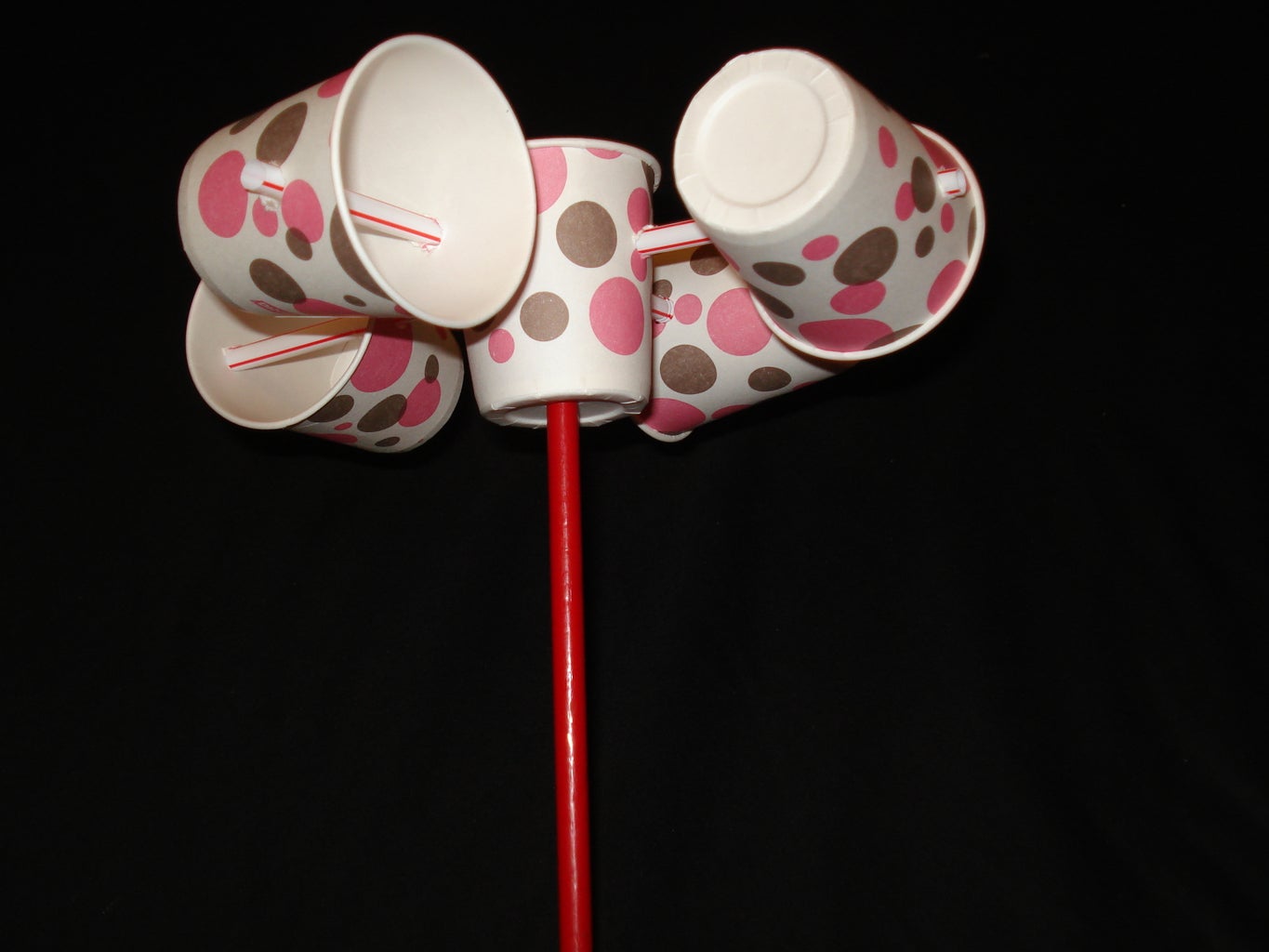Comprehending Various Types of Anemometers for Different Applications
Comprehending Various Types of Anemometers for Different Applications
Blog Article
All You Need to Know Regarding Anemometers: Just How They Work, Why They Matter, and Where to Make use of Them
Anemometers, however usually forgotten in the realm of clinical tools, play a crucial function in numerous areas, supplying valuable understandings right into wind speed and airflow patterns. As we dive into the details of anemometer technology, we will certainly reveal the inner workings of these gadgets, their importance, and the crucial factors to consider when picking the right anemometer for specific applications.

Anemometer Basics
A vital tool used to measure wind speed and instructions, the anemometer plays a critical function in meteorology and various markets. An anemometer commonly consists of three or four cups that turn in the wind, a vane that points right into the wind, and sensing units to track the activities or turnings.
There are various kinds of anemometers offered, consisting of cup anemometers, vane anemometers, hot-wire anemometers, and sonic anemometers, each with its distinct features and applications. Mug anemometers are frequently used for standard wind rate dimensions, while vane anemometers are liked for directional dimensions.
Principles of Anemometer Procedure
Structure on the foundational understanding of anemometer essentials, the concepts of anemometer operation clarify the technicians behind wind rate and direction measurements. Cup anemometers, for instance, have 3 or more cups that capture the wind, causing them to spin much faster as the wind speed boosts. Hot-wire anemometers depend on a warmed cable that cools down as wind passes over it, with the price of cooling identifying the wind rate.
Value of Anemometers
The relevance of anemometers in meteorology and various markets can not be overemphasized. Anemometers play an essential function in gauging wind speed and direction, offering essential data for climate forecasting, environment research studies, environmental tracking, and air travel procedures. Meteorologists depend on anemometers to collect precise wind data, aiding them understand weather condition patterns, predict storms, and concern timely cautions to the public. In industries such as building and construction, agriculture, sustainable energy, and maritime operations, anemometers are used to maximize processes, guarantee safety, and increase efficiency. As an example, wind farm operators utilize anemometers to assess wind conditions and take full advantage of power production from wind generators. In the maritime field, anemometers help ship navigation by providing real-time wind information to captains, assisting them make notified decisions to make sure safe voyages. Generally, anemometers are essential devices that add dramatically to safety, efficiency, and educated decision-making in meteorology and a large range of industries.
Applications Across Numerous Industries
In the sustainable energy field, anemometers play a vital role special info in evaluating wind problems for wind farm placements, making sure optimal power manufacturing. Industries like building and construction and mining use anemometers to monitor wind rates, essential for safety and security procedures, specifically when working at elevations or in open-pit mines where solid winds can posture hazards. In agriculture, anemometers assist farmers in taking care of plant spraying by providing real-time data on wind speed to stay clear of drift.

Choosing the Right Anemometer for Your Needs
For general functions, a cup anemometer is ideal for measuring wind speed, while a vane anemometer provides wind direction data. Hot-wire anemometers are optimal for reduced airspeed measurements, and ultrasonic anemometers use high accuracy and sturdiness.

Final Thought
To conclude, anemometers play a critical function in measuring wind rate and instructions across numerous markets. Comprehending the concepts of anemometer procedure is vital for selecting the right tool for certain link requirements. From meteorology to aeronautics, anemometers are vital devices for guaranteeing and collecting accurate information security in various applications. When picking the most appropriate device for determining wind conditions., it is important to take into consideration the relevance of anemometers in order to make educated decisions.
There are various kinds of anemometers readily available, consisting of mug anemometers, vane anemometers, hot-wire anemometers, and sonic anemometers, each with its distinct features and applications. Mug anemometers are generally made use of for standard wind rate measurements, while vane anemometers are favored for directional measurements. Hot-wire anemometers are appropriate for reduced airspeeds, and sonic anemometers are perfect for high-precision dimensions in research study and industrial settings.Building on the fundamental understanding of anemometer basics, the concepts of anemometer operation elucidate the technicians behind wind rate and direction dimensions. For basic functions, a mug anemometer is ideal for determining wind speed, while a vane anemometer gives wind instructions information.
Report this page